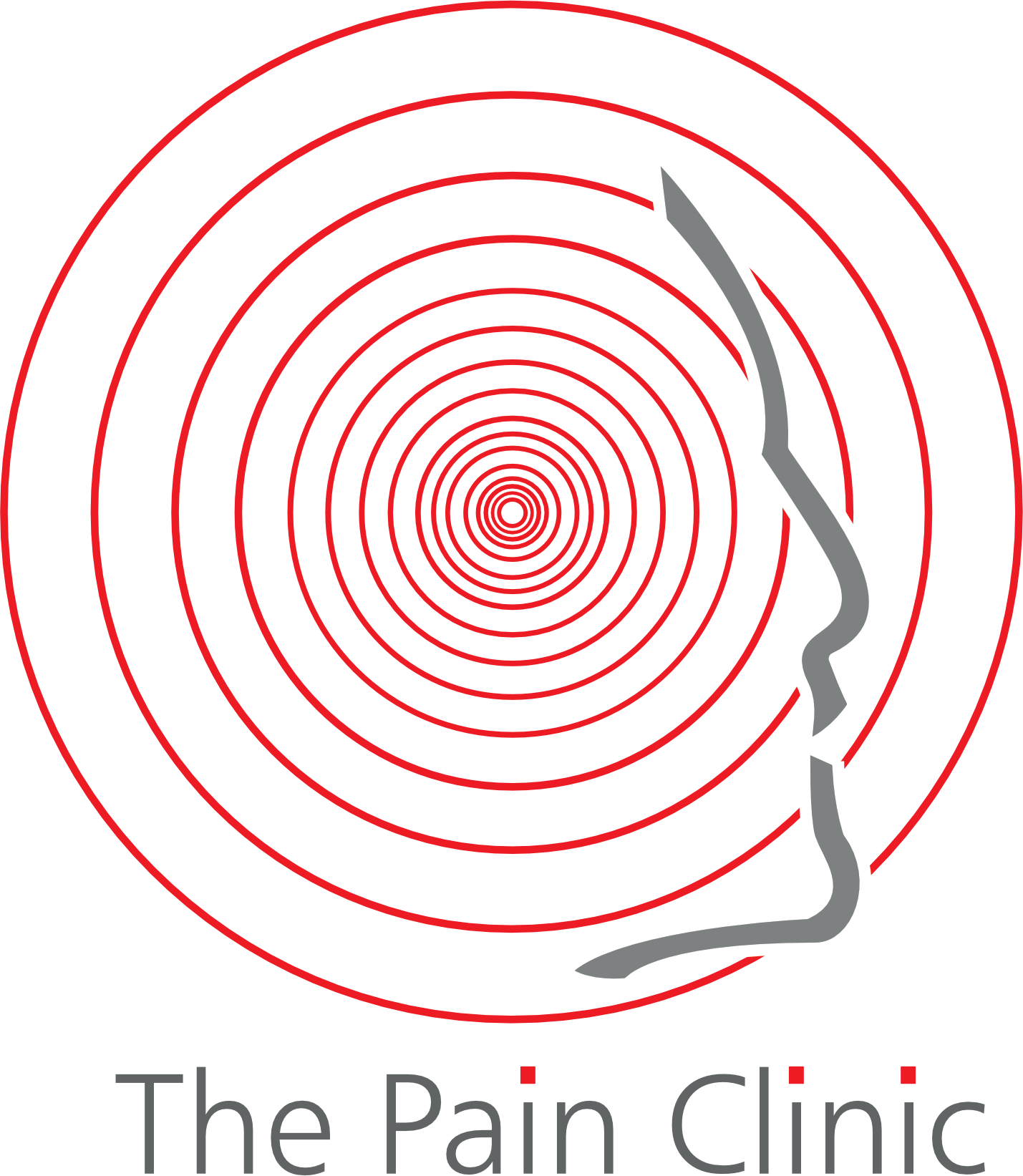Post-Herpetic Neuralgia
Post-herpetic neuralgia (PHN) is a chronic condition characterised by pain that persists after the resolution of a shingles (herpes zoster) outbreak. Shingles is caused by the varicella-zoster virus, which is the same virus that causes chickenpox.
PHN occurs when the nerve fibers that were affected by the shingles outbreak continue to send pain signals to the brain, even after the rash has healed. This can result in a burning, aching, or stabbing pain that is often located in the area where the rash occurred.
Symptoms of post-herpetic neuralgia can include:
Pain that persists for more than three months after the shingles rash has healed Burning, aching, or stabbing pain
Increased sensitivity to touch or pressure in the affected area
Itching or tingling sensations
Numbness or weakness in the affected area
The risk of developing PHN increases with age, and people with a weakened immune system may also be at higher risk.
Treatment for post-herpetic neuralgia often involves a combination of medications such as anticonvulsants, tricyclic antidepressants, or topical creams containing capsaicin. Pain management strategies such as heat or cold therapy, massage, and physical therapy may also be helpful. Vaccination against shingles can reduce the risk of developing PHN, and early treatment of shingles outbreaks with antiviral medication may also help to prevent the development of PHN.
